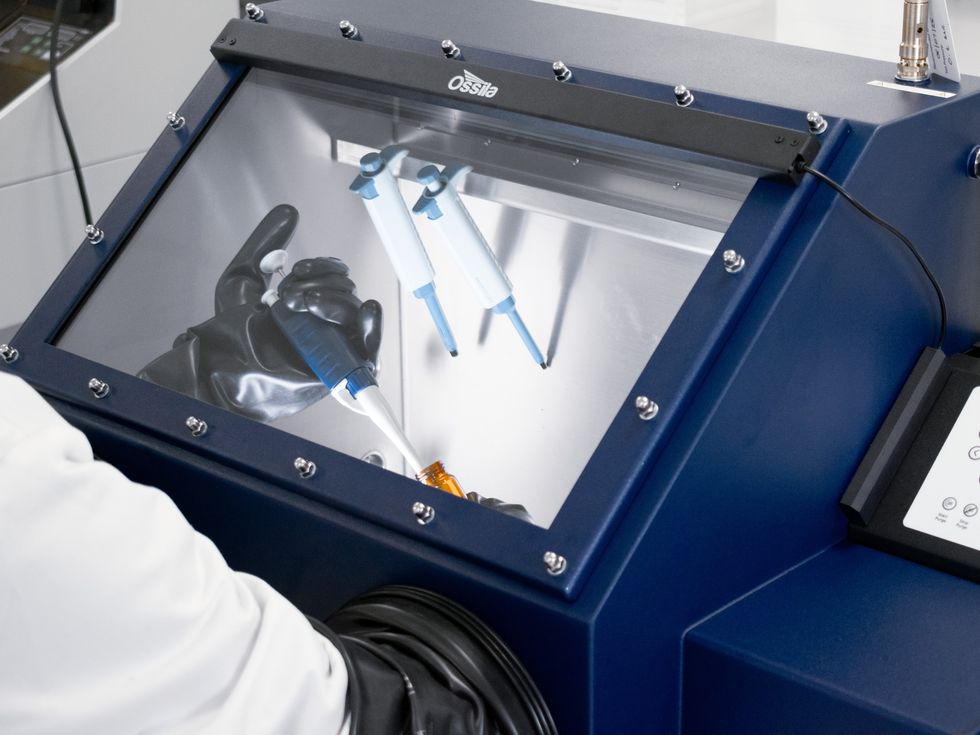Now Reading: Accelerating the Future of Perovskite Solar Cells
-
01
Accelerating the Future of Perovskite Solar Cells
Accelerating the Future of Perovskite Solar Cells

Quick Summary:
- Oxford PV shipped the first commercial order of perovskite-silicon solar cells in September 2024, marking a milestone after 15 years of advancement. However, follow-up commercialization has faced significant delays.
- Manufacturing costs for silicon solar cells have dropped drastically-from $2.11 per watt (2009) to $0.20 per watt due to increased Southeast Asian production.
- The U.S. Department of commerce has announced new tariffs on silicon solar imports from Malaysia, Cambodia, Thailand, and Vietnam (up to 3,400%), stemming from an investigation into alleged antidumping practices by Chinese companies relocating manufacturing.
- Perovskite-based thin-film photovoltaics are excluded from these tariffs and could gain a competitive edge if scaled economically. Current perovskites achieve efficiencies as high as 27%, or even 34.6% when combined with silicon in tandem setups.
- Challenges impeding commercialization include scalability issues and ensuring longevity under ambient conditions at low production costs-key steps manufacturers are focusing on now.
- Solution-based processes such as inkjet printing hold promise but frequently enough face contamination risks; controlled environments like glove boxes improve efficiency yet increase setup and maintenance costs considerably.
Indian Opinion Analysis:
The slow commercialization but great potential of perovskite solar technology signals an significant moment for India’s energy strategy as global trade dynamics shift alongside technological advancements. With the U.S.-imposed tariffs making traditional silicon panels less competitive internationally, Indian stakeholders-including manufacturers and policymakers-could explore opportunities around cost-effective integration of these unique photovoltaics for domestic use or global export markets.
At the same time, scaling fabrication while addressing efficiency losses represents challenges that industry collaboration could help overcome-a point relevant given India’s recent push toward renewable energy targets under COP commitments. Perovskites’ versatility in form factors like flexible surfaces (not practical for rigid silicon panels) is noteworthy given India’s vast consumer needs ranging from urban windows to rural rooftops.
This should encourage Indian researchers and industries to align efforts toward enduring photovoltaic solutions that combine global expertise with the potential of local market absorption driven by policy clarity around incentives or import-export frameworks concerning materials needed globally exposed suppliers/network-benefits modeled thoughtfully-sector expansions here keeping economies viable innovation-speedings overlap evident contextual read tech domain pathways size breaks/>)



























